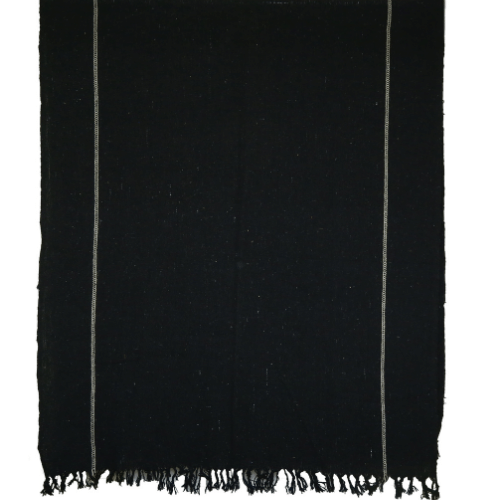The History And Cultural Significance Of Kuri Unne Kambali Blankets
The History And Cultural Significance Of Kuri Unne Kambali Blankets

Kambali blankets are a type of blanket that is traditionally used in India. These blankets have a rich history and cultural significance that spans back hundreds of years. In this blog, we will explore the origins and traditional uses of Kambali blankets in various Indian cultures.
1. History of Kambali Blankets:
The word “Kambali” comes from the Persian word “Qambal,” which means blanket. Historians and scholars are of the opinion that during the civilizations of ancient Egypt, Babylonia, and Mesopotamia, woolen products were used by the people as blankets and druggets. Among all others, Persians were said to be the first to weave and use woolen products in the world. Since sheep rearing is one of the ancient occupations of India. Wool weaving has also been an important household occupation in the states like Jammu and Kashmiri, Rajasthan, Andra Pradesh, Karnataka, Maharashtra, and Tamil Nadu. The Ain-I-Akabari mentions that Emperor Akbar was an ardent admirer of Kashmir woolen shawls. By the third quarter of the 18Th century, Kashmir shawls had become synonymous with fine woolen wear in India and were famous in all the fashionable circles of the west, and trade was well established with China, Afghanistan, Turkey, etc. Products made out of sheep wool were mainly classified as Blankets, Druggets, Carpets, and Shawls. We can find references to the use of ‘Kambalis’ in the ages of Ramayana, Mahabharata, and Sri Revansiddeswara Purana. Historical references reveal that the nomads from central Asia were the first to rear sheep and weave Kambli out of the wool procured from these sheep. These nomads carried this occupation to the European countries including India, during later periods, Kambli Nagideva, sharing of 12 century A. D., in Karnataka during the period of Sri Basaveshwara was said to be the weaver of kambali.
The Kambali blankets were known for their soft texture and durability, making them a popular choice for everyday use. The production of Kambali blankets was an important industry in India, and it was a way for families to earn a living.
2. Traditional Uses of Kambali Blankets:
Kambali blankets have been used for a variety of purposes in Indian culture. One of the most common traditional uses is bedding. They are soft, warm, and comfortable, making them a great choice for a good night’s sleep. They were also used as a cover for sleeping or resting during the day, and even as a play mat for children.
In addition to being used as bedding, Kambali blankets were also used as a wrap or shawl. They were draped over the shoulders to keep warm during colder weather, and could also be used to carry babies or other items.
Another traditional use of Kambali blankets was in religious ceremonies. The blankets were often used as a cover for altars, or as a covering for holy objects. They were also used as a gift or offering in religious festivals or events.
3. Cultural Significance of Kambali Blankets:
Kambali blankets have significant cultural and religious significance in many Indian cultures. For example, in Hinduism, Kambali blankets are used in many religious ceremonies and rituals. They are considered to be sacred and are often used to cover statues of deities or to cover the floor of a temple.
Kambali blankets also have cultural significance in the lives of many Indian people. They are often passed down from generation to generation and are considered to be valuable family heirlooms. The blankets are seen as a symbol of tradition and represent the deep roots and history of Indian culture.
In addition to their cultural significance, Kambali blankets also have social and economic significance. The production of Kambali blankets has been an important industry in India for hundreds of years, providing a source of income for many families. The blankets are often made by hand, using traditional techniques and materials, and the production process is seen as a way to preserve and promote traditional Indian arts and crafts.
4. The Future of Kambali Blankets:
While Kambali blankets have a long and rich history in Indian culture, their use and popularity have increased in recent years. Many people now opt for traditional and pure woolen rugs for bedding and clothing, and the production of Kambali blankets has increased significantly.
However, people Love and appreciate the beauty and cultural significance of Kambali blankets, and efforts are being made to preserve and promote the production of these blankets. Many artisans and craftsmen are now producing Kambali blankets using traditional techniques, and there is a growing interest in these blankets both in India and around the world.
In conclusion, Kambali blankets have a long and rich history in Indian culture. They have been used for centuries for a variety of purposes, and have significant cultural, religious, and social significance. While the popularity of Kambali rugs still exists and has a great business in the different parts of Indian states. You can buy these blankets online.
